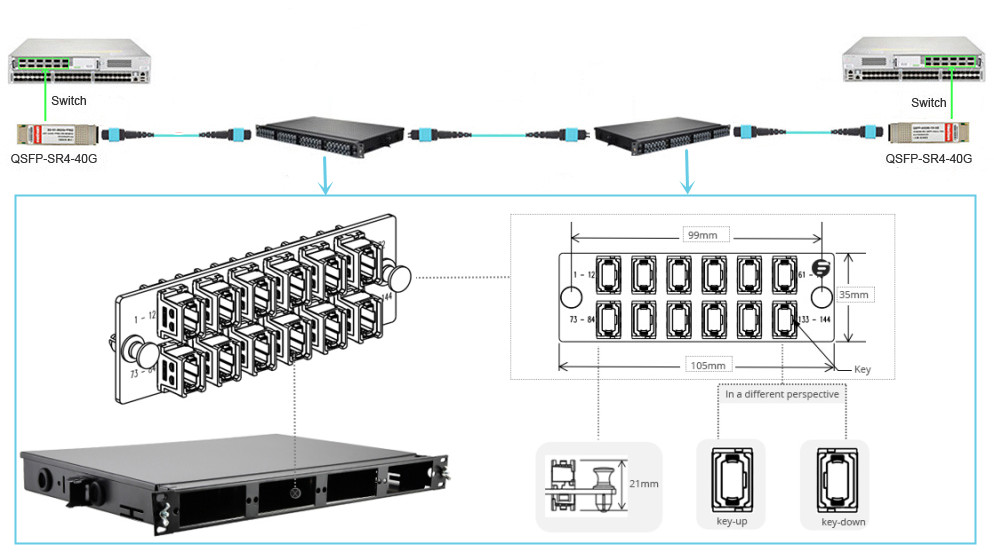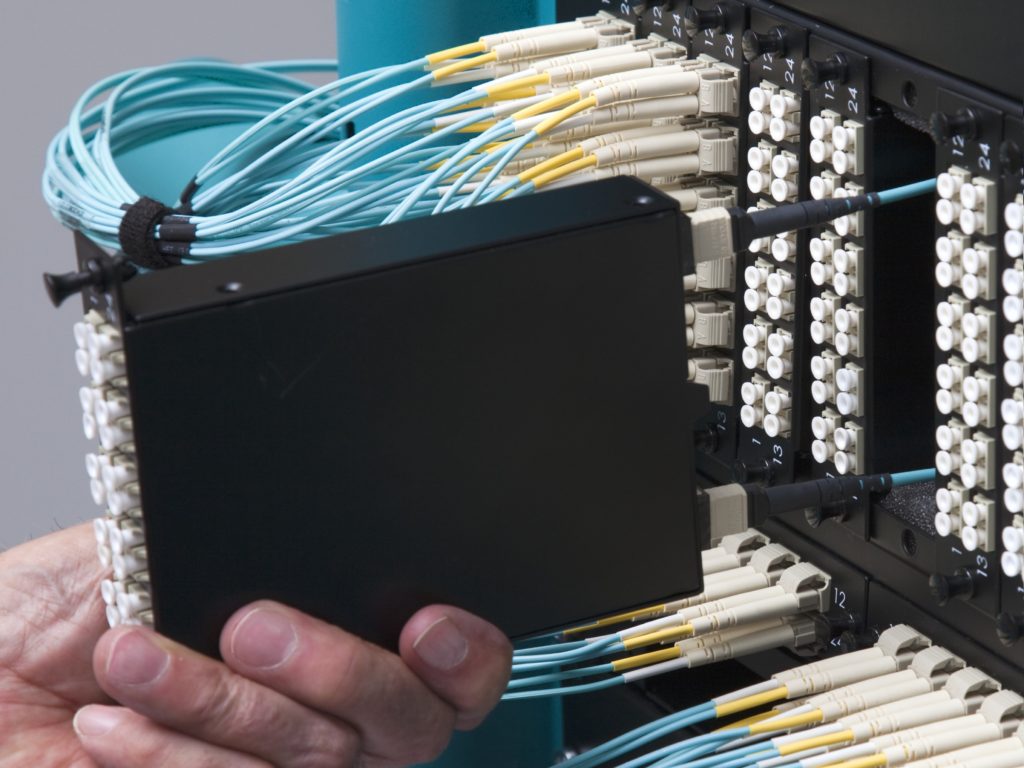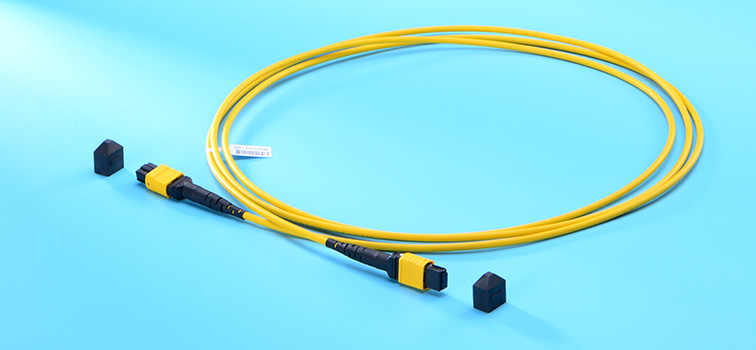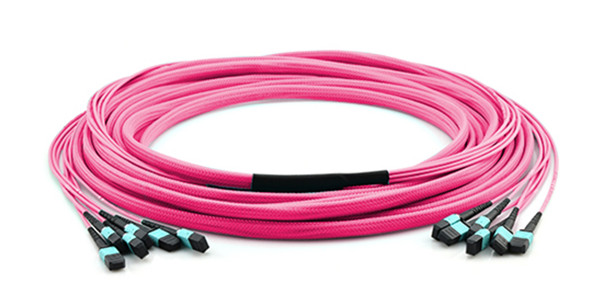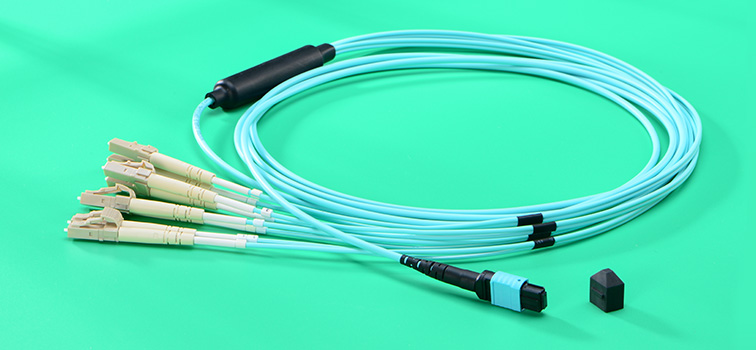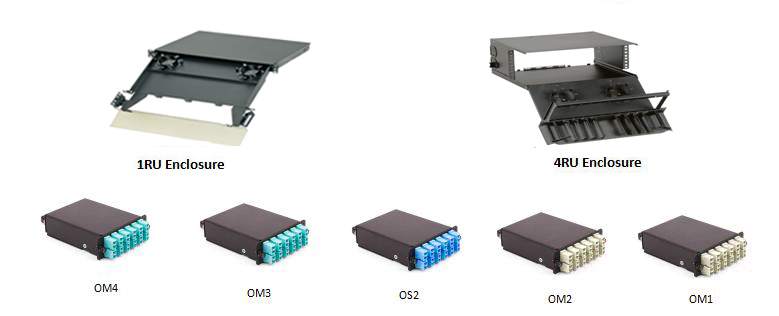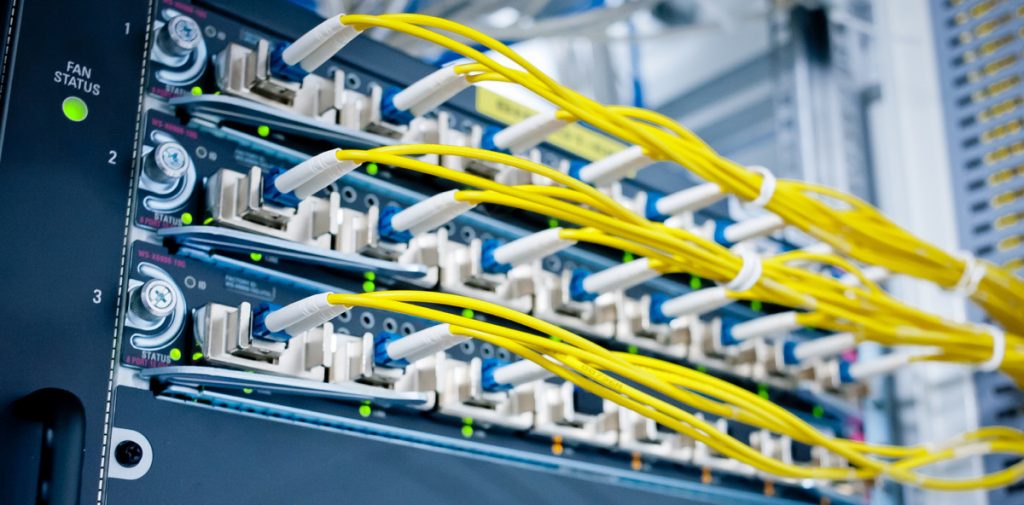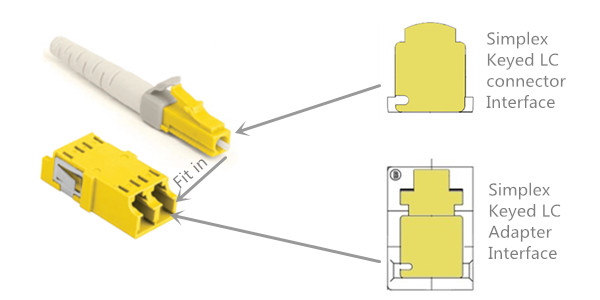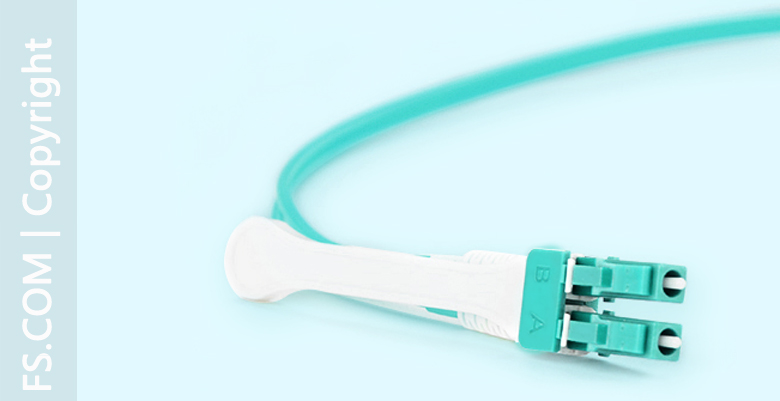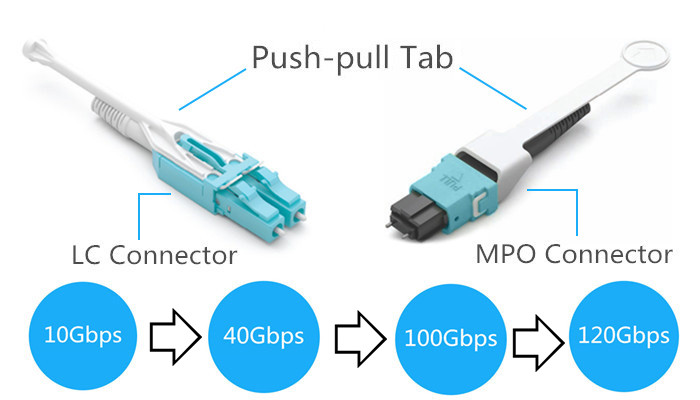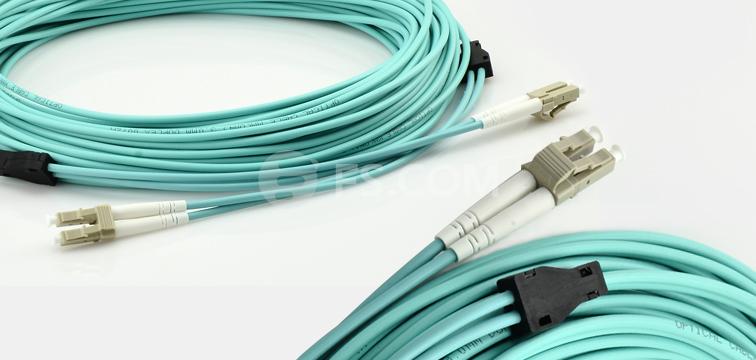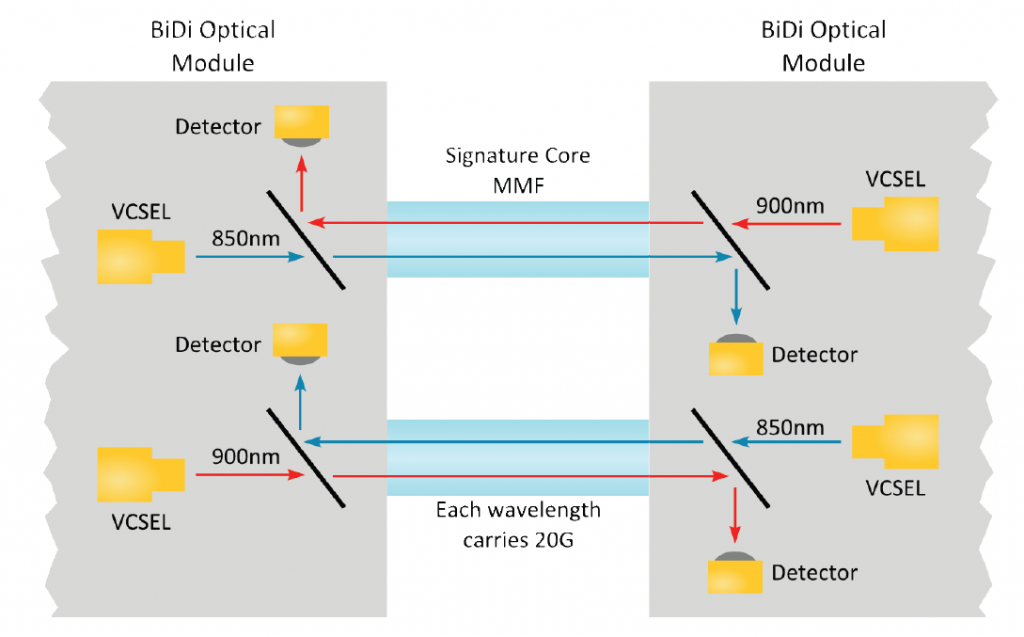It is usually inevitable to deploy fiber cables in harsh environments for both indoor and outdoor applications. Rodents, like squirrels in outdoor and rats in data centers, are cable destroyers which like to bite or chew fiber optic cables. Except that, there are also many other challenges which can harm fiber optic cables and cause fiber failures, like dusts, water or other liquid, accidental impact, etc. Thus, enough protection should be provided for fiber optic network. Two types of fiber patch cables, which are specially designed for harsh cabling environments, will be introduced in this post.
The two fiber patch cables are armored fiber patch cable and IP67 fiber patch cable. As most fiber cable failures are usually caused by fiber breaks and contaminants, the fiber cable and the termination points of the fiber links should all be well protected. And the two types of fiber cable can perfectly meet most requirements of harsh cabling environment.
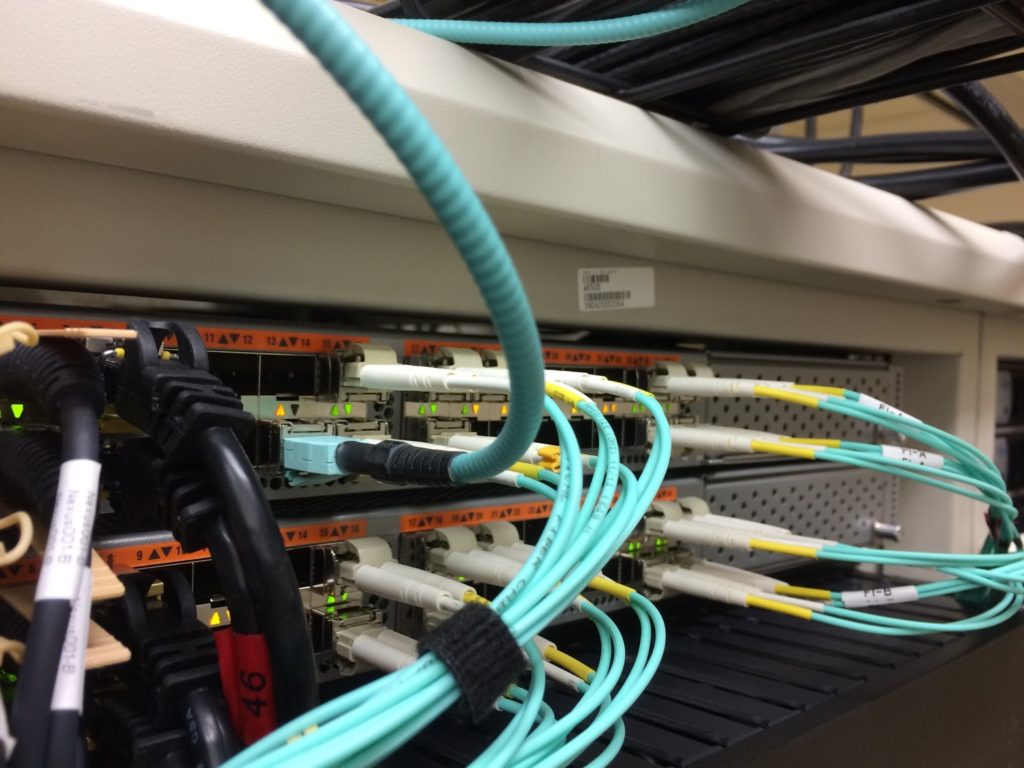
Unlike traditional fiber patch cables which are fragile and usually need careful operation, armored fiber patch cables are usually much more durable and flexible. Armored fiber patch cable usually has two jackets, one inner jacket and one outer jacket, between which there is a build-in steel tube. Some vendors also provide armored fiber cables with aluminum tube. This robust metal tube can provide optical fibers inside armored fiber cable from the impact and bite from animals. The most commonly used designs of armor used in armored fiber cables are interlock and corrugated. For most outside plant applications, the corrugated armored fiber cables are suggested. Now a lot of armored fiber patch cable uses interlock armor. During operation in data center, armored fiber patch cable can provide a more flexible cabling environment, because it has bend restrictor which can provide optical fibers from over bending. The following picture shows the structure of an armored fiber patch cable.
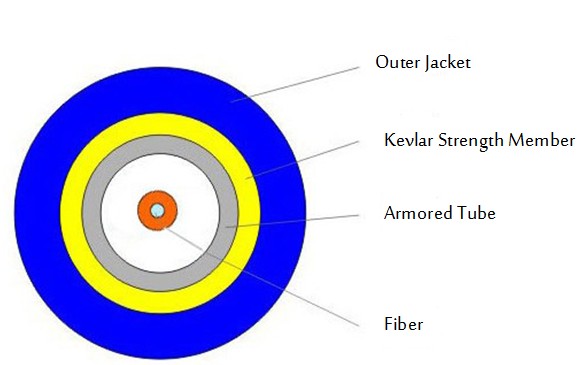
With its durability and flexibility, armored fiber patch cables and armored fiber cable are widely deployed in today’s network. For data center applications, there is a wide selection of armored fiber patch cables, which are available from different connector type, fiber type, jacket type, fiber count, etc.
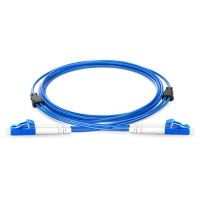 |
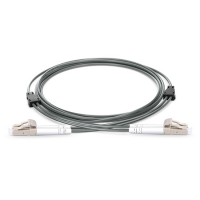 |
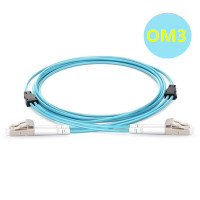 |
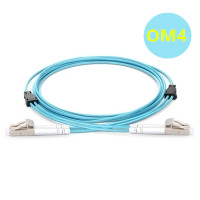 |
| OS2 Armored Fiber Patch Cable | OM1/OM2 Armored Fiber Patch Cable | OM3 Armored Fiber Patch Cable | OM4 Armored Fiber Patch Cable |
IP67 fiber patch cable is a robust fiber patch cable terminated with specially designed fiber optic connections, which can protection fiber links from the harm of dusts and liquid. “IP67” is the code of Ingress Protection Marking which is a system to provide the protection level of products. The former digit “6” (totally protected against dust) and the latter digit “7” (protection from water dip) is used to describe the protection degrees of dust and liquid separately. The highest level of a fiber patch cable that can be provided in the market is IP68. IP67 fiber patch cable is an ideal solution to protect fiber links, especially the termination points. The fiber connector terminated on the IP67 fiber patch cable is different from traditional ones. A standard fiber optic connector is being protected by a special shell. To connect two IP67 fiber patch cables, special fiber optic adapter should be used for better sealing and protection. The following picture shows a LC-LC fiber patch cable. The following table listed part of the most commonly used IP67 assemblies.
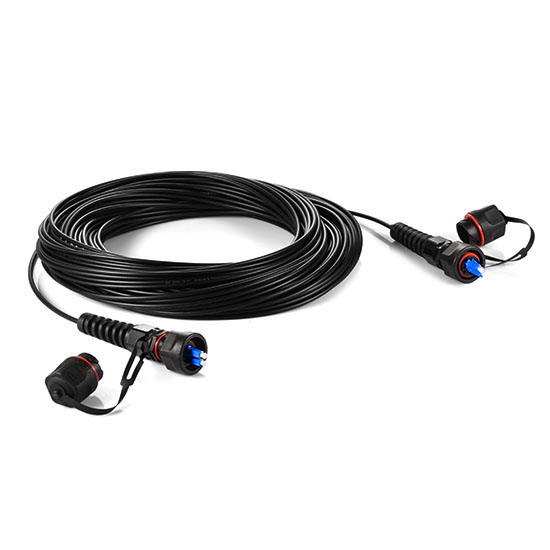 |
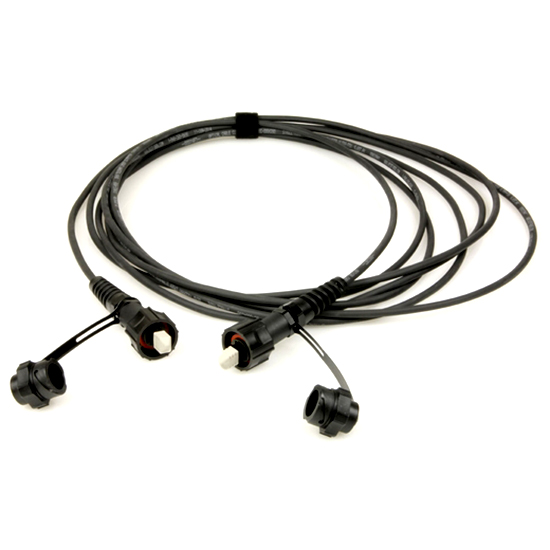 |
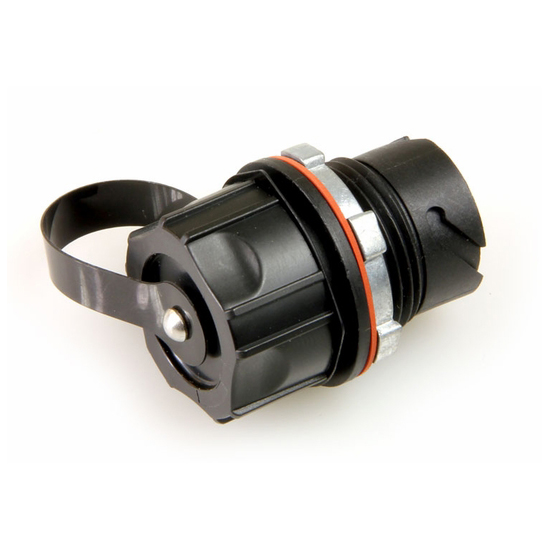 |
| LC-LC IP67 Fiber Patch Cable | MPO-MPO IP67 Fiber Patch Cable | IP67 Fiber Adapters |
Fiber cable protection is always the priority of fiber optic networks. Selecting the right patch cable according to applications is essential and necessary. For environments where animals and impact are very common, armored fiber patch cable can be used. For places where liquid and dusts are great challenges, waterproof IP67 fiber patch cable, proving great sealing, is suggested.


